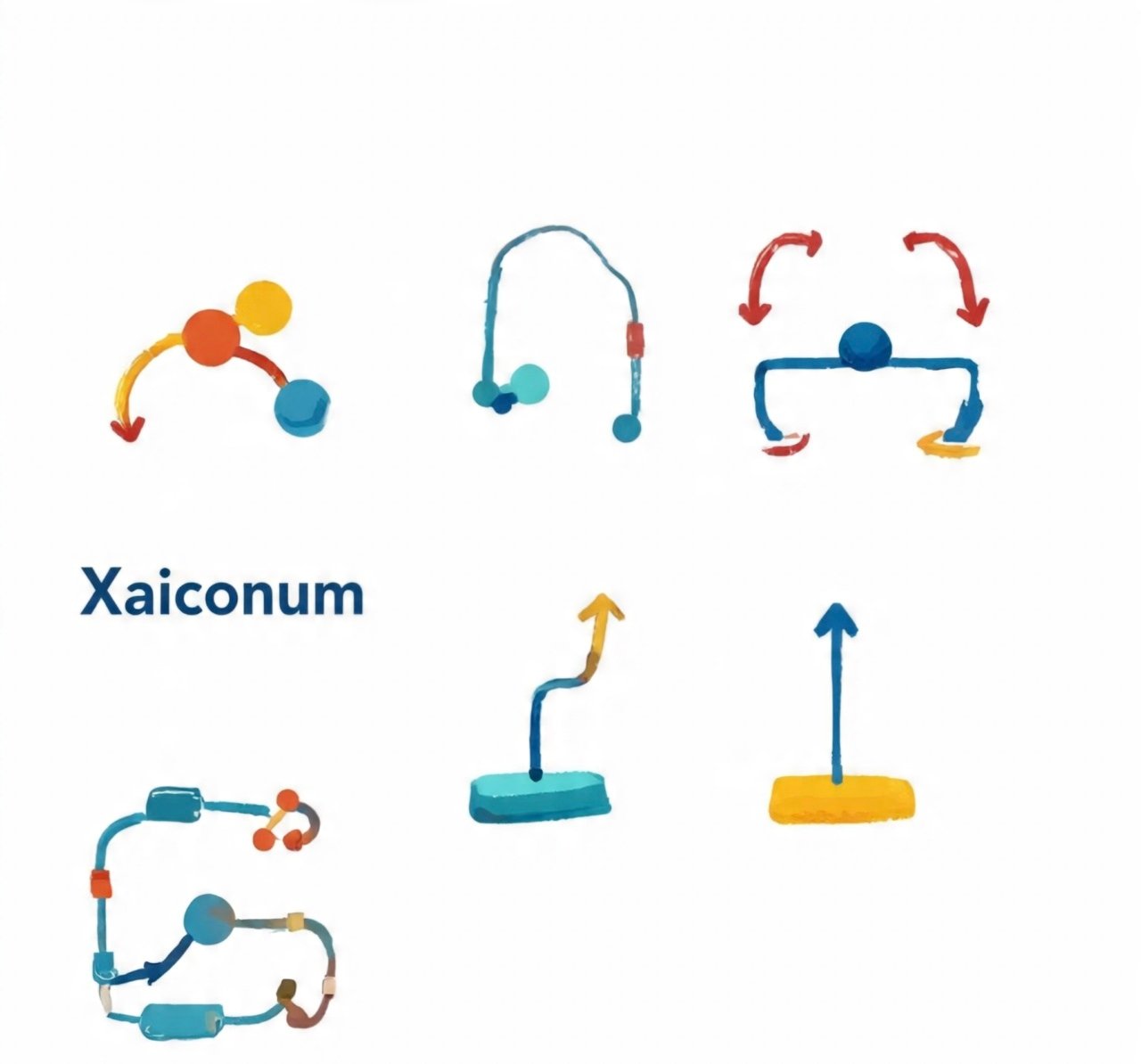Introduction
Have you ever come across the word attrities and wondered what it really means? Many people do. The term often shows up in workplace discussions, research papers, and even casual talks. But its meaning and use can feel confusing. In this blog post, we’ll break it down in simple English. We’ll talk about what attrities are, why they happen, and how they affect people and organizations. By the end, you’ll have a clear idea of this concept.
What Does Attrities Mean?
At its core, attrities is linked to the word attrition. It refers to losses, reductions, or gradual declines in numbers. Think of it as things slowly wearing away or people leaving over time.
In everyday use, often come up when talking about:
- Workplaces – employees leaving a company
- Education – students dropping out of school or courses
- Military – the loss of troops during long battles
- Business – decline in customers or clients
So, when someone says “attrities,” they’re usually pointing to groups of people shrinking or fading away little by little.
Why Do Attrities Happen?
Attrities don’t just appear out of nowhere. There are always reasons behind them. Some of the most common causes include:
- Lack of satisfaction – People leave jobs or schools if they feel unhappy.
- Better opportunities – Employees might resign if they find higher pay or growth elsewhere.
- Stress and burnout – Heavy workloads or constant pressure push people out.
- Poor management – Weak leadership often drives attrition in workplaces.
- Personal life changes – Moving cities, health issues, or family needs can also lead to.
Types of Attrities
Not all are the same. Here are some key types:
1.Voluntary attrition – People choose to leave on their own.
2.Involuntary attrition – Companies ask people to leave, often due to downsizing.
3.Functional attrition – When low performers leave, it benefits the organization.
4.Dysfunctional attrition – When top talent leaves, it hurts the organization.
Understanding these types helps leaders and managers take the right action.
The Impact of Attrities
can feel like a ripple effect. When numbers drop, the effects spread across many areas.
- On businesses – Losing skilled workers means lower productivity and higher hiring costs.
- On schools – Dropouts affect reputation and funding.
- On teams – Morale goes down when people keep leaving.
- On individuals – High attrition creates stress for those who stay.
A high attrition rate is usually a red flag. It shows something deeper needs fixing.
How to Reduce Attrities
While are natural to some extent, they can be reduced with the right steps. Here are some helpful ideas:
- Create a healthy work culture – Respect, recognition, and trust go a long way.
- Offer growth opportunities – Training, promotions, and clear career paths keep people engaged.
- Listen to feedback – Employees and students stay longer when their voices matter.
- Balance workloads – Avoid burnout by keeping tasks realistic.
- Reward loyalty – Appreciation and fair pay reduce the urge to leave.
Conclusion
may sound like a tough word, but at heart, it’s about gradual loss. Whether in business, school, or life, attrition happens when people feel disconnected, undervalued, or pressured. The good news? With the right care, many can be reduced. It all comes down to creating environments where people want to stay.
FAQs
Q1: What is the simple meaning of attrities?
Attrities means a gradual reduction in people, such as employees, students, or customers, over time.
Q2: Are attrities always bad?
Not always. Sometimes, attrities clear space for new talent or ideas. But too much attrition is usually harmful.
Q3: Can attrities be avoided?
Some attrition is natural, but strong leadership, fair pay, and good culture can lower the rate.
Q4: Why do companies track attrities?
They track attrition to understand employee turnover and improve retention strategies.
Q5: How do attrities affect teams?
Attrities reduce morale, increase workload, and often slow down progress.




